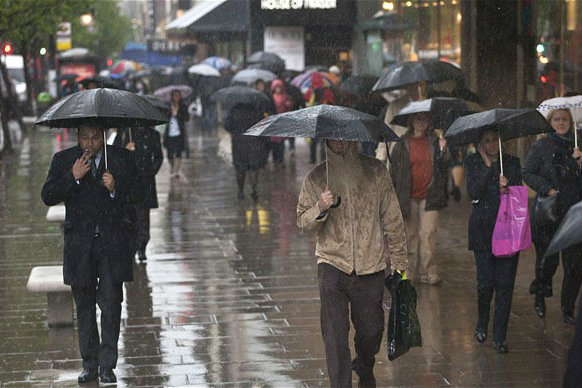According to the CEO of a major grocery retailer, today‘s market presents “the most challenging conditions in 30 years. Customers have never been so savvy.”
In recent years strings of financial trading updates have cited unseasonable weather as a variable that affected revenue, and today new research from the Met Office has revealed that almost half of retailers and suppliers cite the weather as one of the top three factors external to their business which drives consumer demand. But a third of retailers still don‘t use any weather data in their supply chain, and less than a quarter rely on free weather data services.
The Met Office looked at those who are currently using paid-for commercial weather services, and found that of these respondents, 62% reported they are able to offer better customer service, 57% highlighted better sales forecast accuracy, 51% had better on-shelf availability and 43% had reduced waste – all key priorities for supply chains.
According to the report, over two-thirds of retailers have found that forecasting shopping behaviour has become harder, although there is a clear desire from supply chains to use weather forecasts more broadly within their businesses, particularly to drive commercial benefits – for example through forecasting footfall and online traffic, and planning marketing campaigns.
“What stood out for us was how few organisations currently use weather data in their planning,” said Barbara Napiorkowska-Dickson, Met Office Retail Business Manager. “Incorporating weather forecasts in their operations is a significant opportunity for them to improve demand planning across the whole supply chain and better understand customer purchasing behaviour. While many may believe that their product portfolio is not weather sensitive, operationally the weather will always have an impact on their logistics and commercial activities.”
The influence of weather events on shopper behaviour should not be underestimated. Here lie real opportunities for retailers and suppliers to help anticipate product demand accurately, which is the most important function to get right in the supply chain in order to deliver the primary goals of product availability, low inventory and low costs.


















